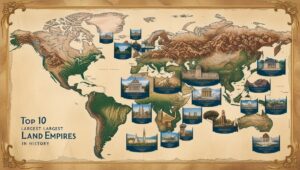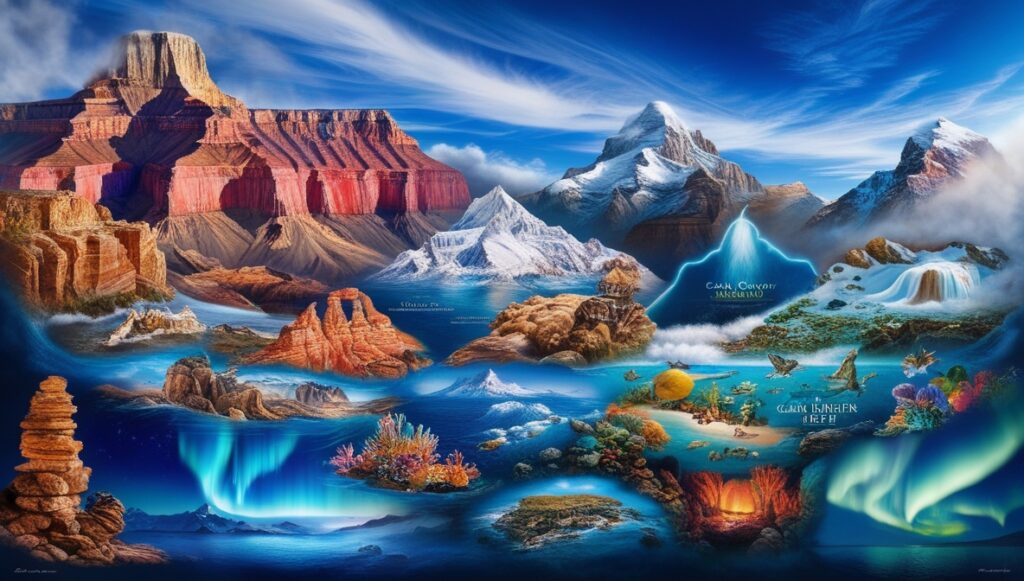
10 LARGEST GEOGRAPHICAL FEATURES IN THE WORLD
10 LARGEST GEOGRAPHICAL FEATURES IN THE WORLD
The world’s largest geographical features are natural wonders that showcase the Earth’s immense diversity. The Pacific Ocean is the largest and deepest ocean, covering over 63 million square miles and reaching depths of 36,000 feet at the Mariana Trench. The Amazon River in South America is the largest by water volume, discharging more water than any other river. Mount Everest stands as the highest point on Earth, at 29,032 feet above sea level, part of the Himalayas. Antarctica is the largest desert, based on total area and coldest temperatures, while the Sahara Desert is the largest hot desert.
The Great Barrier Reef in Australia, the largest coral reef system, stretches over 1,400 miles and hosts a rich biodiversity. Greenland is the largest island, and Lake Baikal in Russia holds the title for the deepest and largest freshwater lake by volume. Each of these features highlights the Earth’s geological and environmental variety. Here, we have discussed 10 largest geographical features in brief –
1. Pacific Ocean
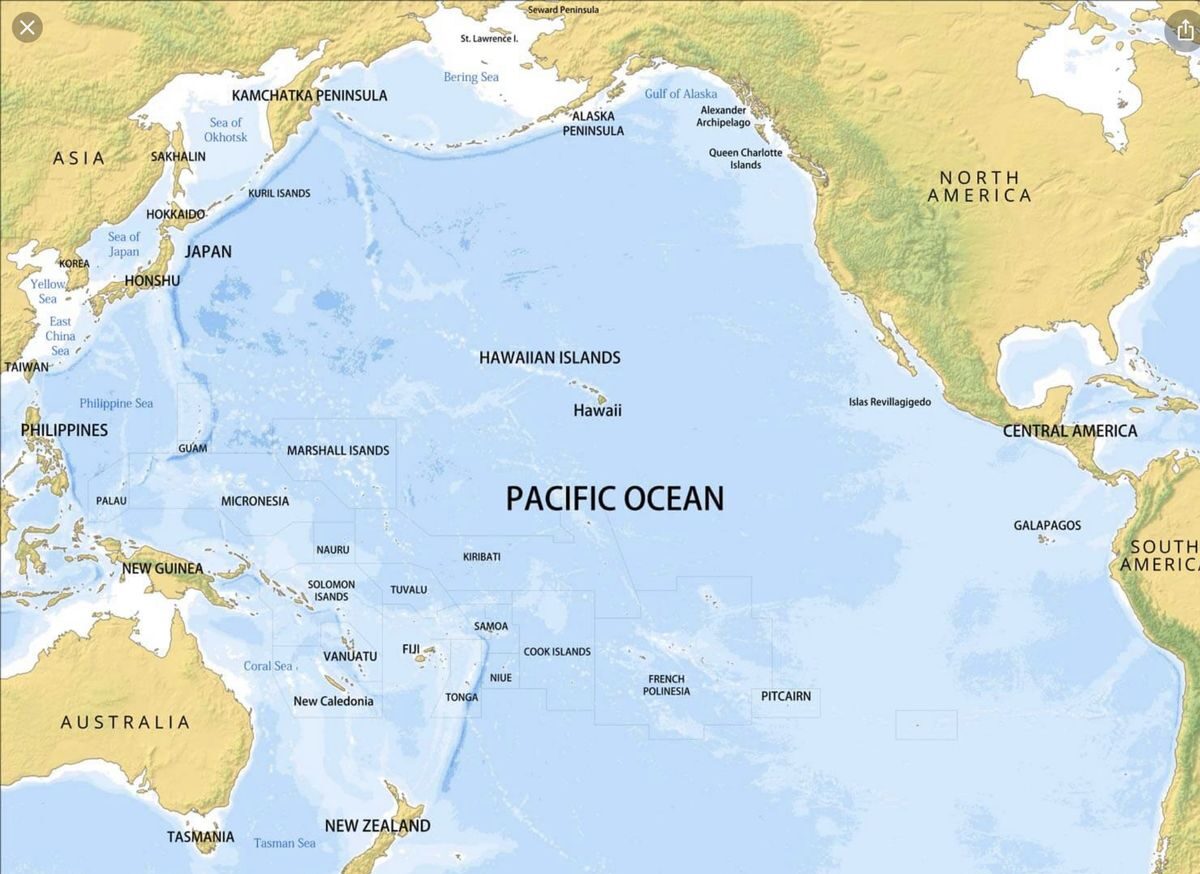
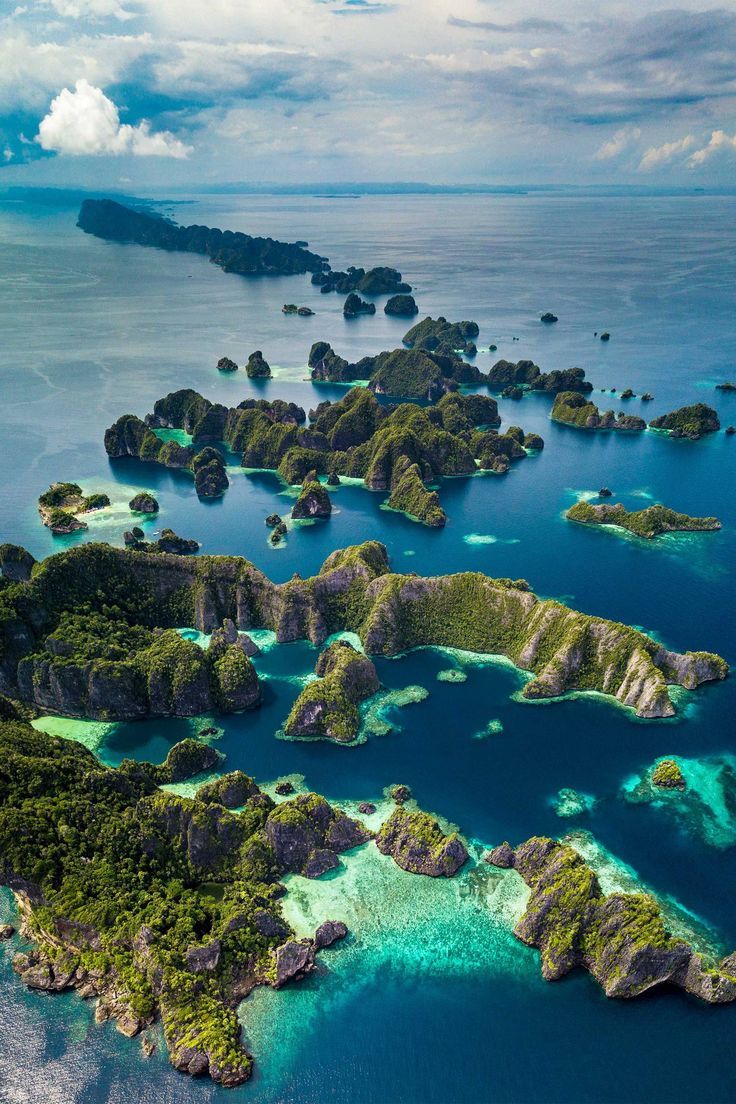
The Pacific Ocean is the largest and deepest ocean on Earth, covering an area of over 63 million square miles. It extends from the Arctic Ocean in the north to the Southern Ocean in the south, and from Asia and Australia in the west to the Americas in the east. The Pacific contains more than 25,000 islands, the majority of which are found south of the equator. Its average depth is about 12,080 feet, and its deepest point, the Mariana Trench, reaches a staggering 36,000 feet.
The ocean plays a crucial role in regulating global climate and weather patterns, influencing the Earth’s heat distribution. It is also home to the Pacific Ring of Fire, where frequent earthquakes and volcanic activity occur. Rich in biodiversity, the Pacific houses various ecosystems, including coral reefs, deep-sea trenches, and kelp forests, making it vital for both marine life and human activities.
2. Amazon River
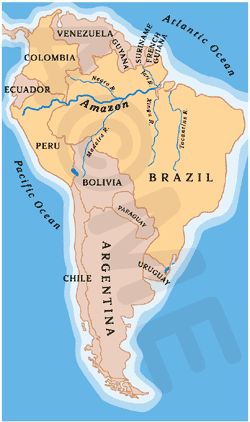
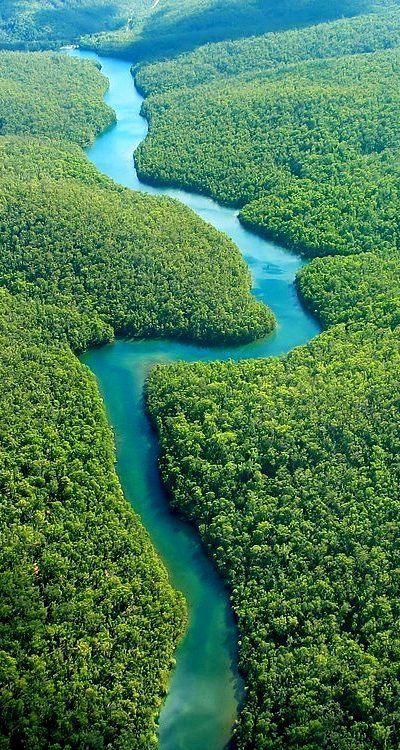
The Amazon River is the largest river in the world by volume, discharging an astonishing 209,000 cubic meters of water per second into the Atlantic Ocean. Stretching approximately 4,345 miles, it flows through Peru, Colombia, and Brazil, draining the world’s largest rainforest, the Amazon Basin. While the Nile is slightly longer, the Amazon’s sheer size, width, and biodiversity set it apart. During the rainy season, it can expand to over 30 miles wide.
The river supports a complex and rich ecosystem, with thousands of species of fish, birds, and mammals, including the pink river dolphin and piranha. The Amazon is a vital waterway for transport and sustenance for millions of people. Additionally, the rainforest it nourishes plays a critical role in absorbing carbon dioxide and releasing oxygen, making the Amazon River a key feature of both South America’s geography and the global climate system.
3. Mount Everest

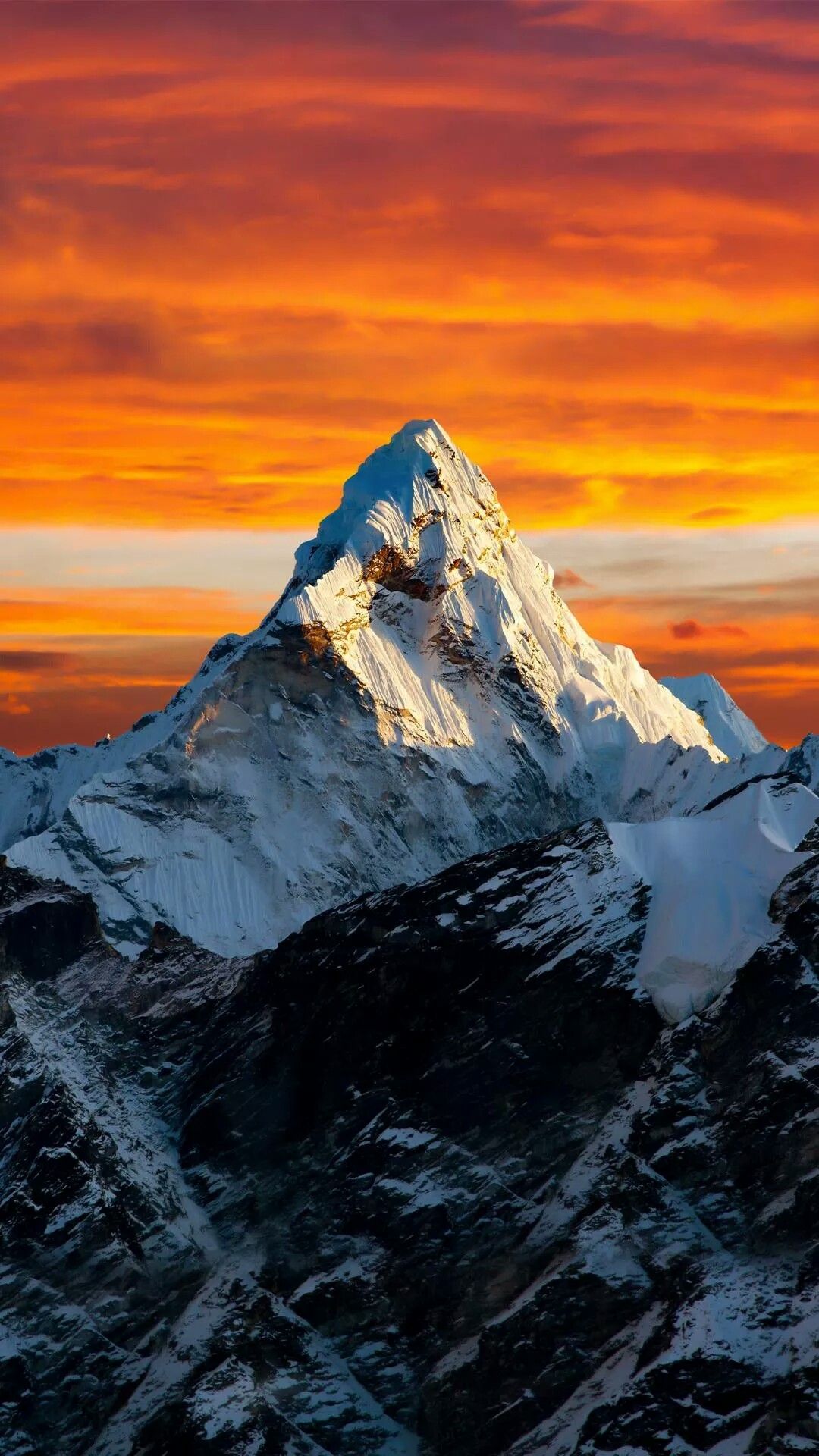
Mount Everest, standing at 29,032 feet, is the highest mountain on Earth, located in the Himalayas, straddling the border between Nepal and the Tibet Autonomous Region of China. Known as Sagarmatha in Nepal and Chomolungma in Tibet, it has been a symbol of challenge and adventure for climbers from around the world. First summited in 1953 by Sir Edmund Hillary and Tenzing Norgay, it remains a highly sought-after peak for mountaineers, despite its treacherous conditions, including extreme cold, low oxygen levels, and unpredictable weather.
The mountain is part of the Earth’s youngest mountain range, formed by the collision of the Indian and Eurasian tectonic plates. Everest continues to rise slightly each year due to this tectonic activity. While it attracts adventurers, the mountain also presents significant environmental challenges, such as increasing numbers of climbers leading to pollution and human impact on the fragile high-altitude ecosystem.
4. Antarctica
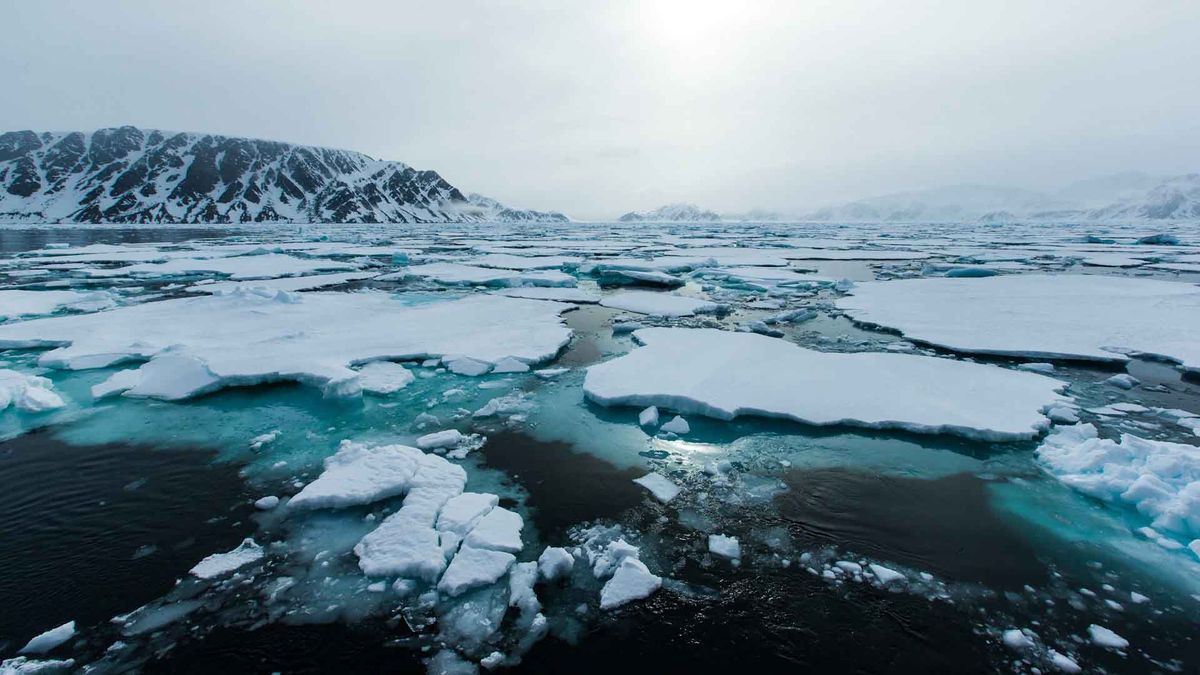
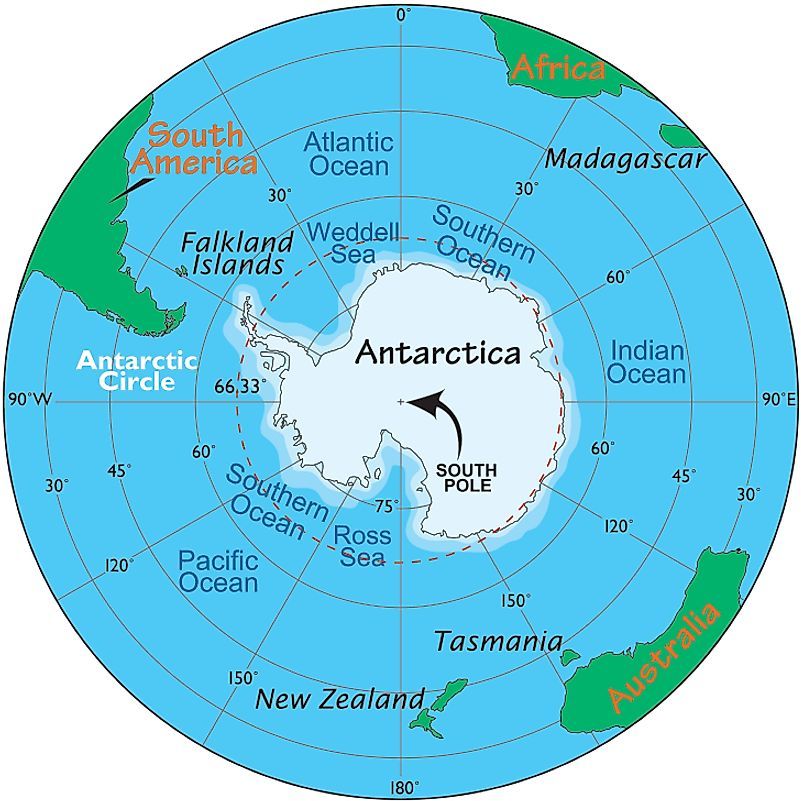
Antarctica, the southernmost continent, is the coldest, windiest, and driest place on Earth. Covering 5.5 million square miles, it is the world’s largest desert by definition, as it receives less than 200 mm of precipitation per year. Despite its harsh conditions, Antarctica holds about 70% of the world’s fresh water in the form of ice, and its ice sheet covers over 98% of the continent. The continent is largely uninhabited, with only temporary research stations scattered across its frozen expanse.
However, it plays a critical role in global climate regulation, particularly in oceanic and atmospheric circulation. The Southern Ocean, which surrounds Antarctica, helps drive the Earth’s heat balance by circulating cold, dense water. Antarctica is also home to unique wildlife adapted to the extreme environment, including penguins, seals, and various seabirds. Environmental protection efforts are vital to preserving this pristine and crucial region.
5. Sahara Desert

The Sahara Desert is the world’s largest hot desert, covering 3.6 million square miles across North Africa, roughly the size of the United States. It stretches across 11 countries, from the Atlantic Ocean to the Red Sea, including parts of Algeria, Chad, Egypt, Libya, Mali, Mauritania, Morocco, Niger, Western Sahara, Sudan, and Tunisia.
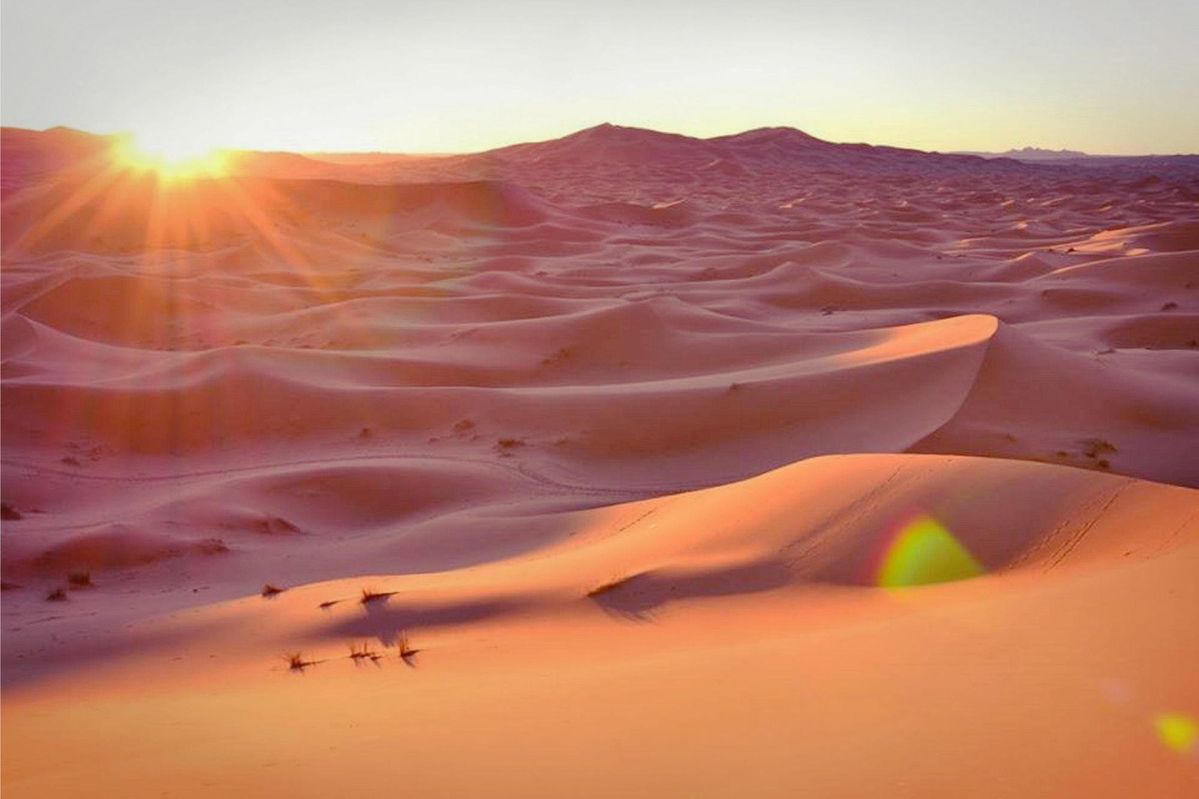
The Sahara is characterized by its harsh climate, with daytime temperatures soaring above 100°F (38°C) and plunging below freezing at night.
Despite its arid conditions, the Sahara is home to a surprising array of life, including plants and animals adapted to the extreme environment, such as camels, fennec foxes, and resilient shrubs. The desert is also rich in minerals, including phosphates and iron ore. Historically, the Sahara has served as a crucial trade route, linking sub-Saharan Africa with the Mediterranean and the Middle East via ancient caravans and trade networks.
6. Great Barrier Reef
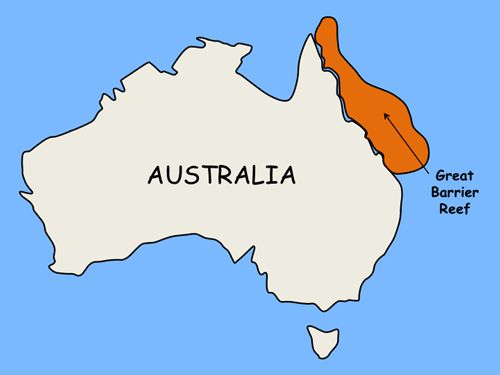
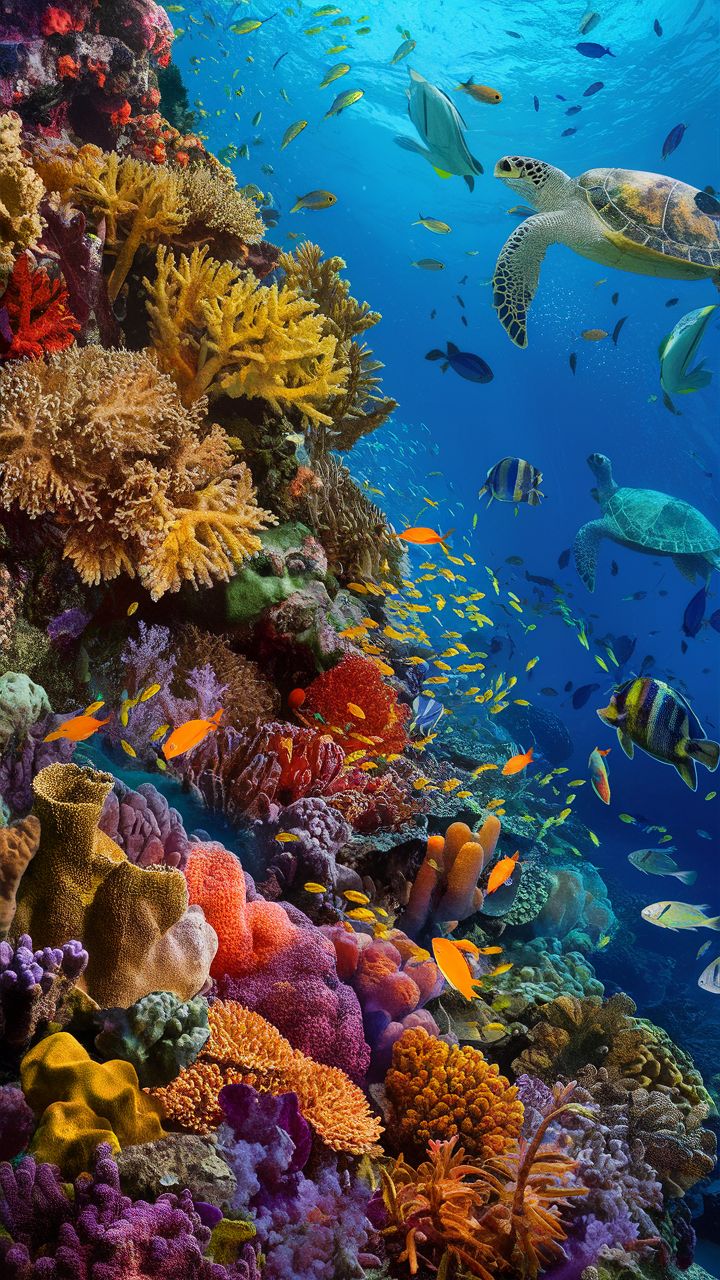
The Great Barrier Reef, located off the northeastern coast of Australia, is the largest coral reef system in the world.
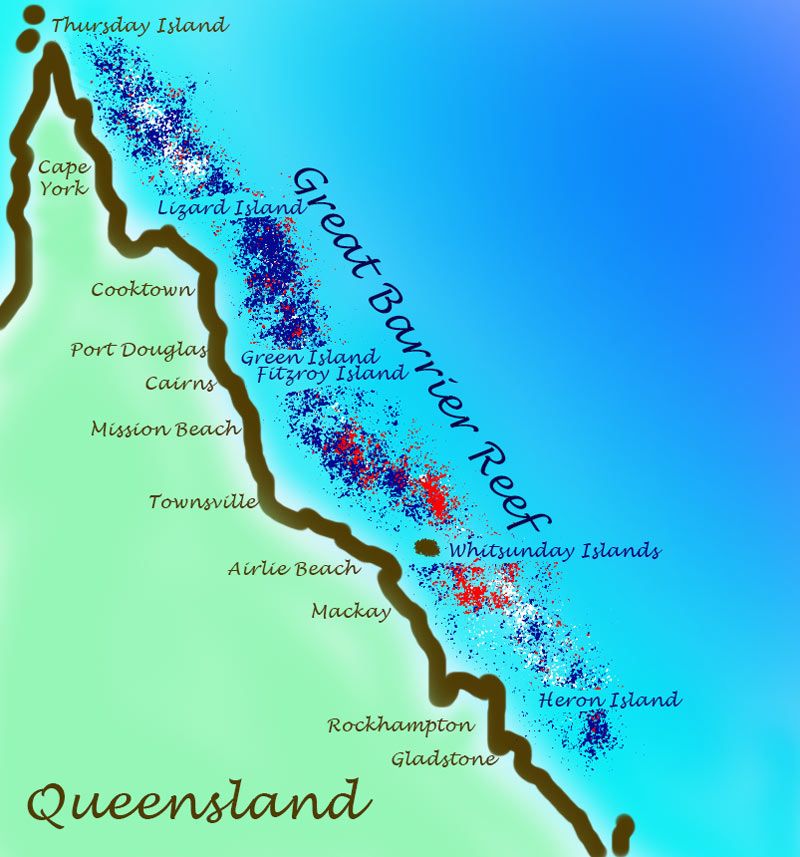
Stretching over 1,400 miles, it comprises nearly 3,000 individual reefs and 900 islands. This UNESCO World Heritage site is one of the most biologically diverse ecosystems on the planet, supporting a wide variety of marine life, including over 1,500 species of fish, 400 types of coral, and numerous species of sharks, rays, and marine turtles. The reef plays a vital role in protecting coastlines from storms and supporting the livelihoods of millions of people. However, it is highly vulnerable to the effects of climate change, particularly coral bleaching caused by rising ocean temperatures. Conservation efforts are ongoing to preserve this natural wonder, which is not only a critical marine habitat but also a major tourist attraction and a source of immense scientific interest.
7. Greenland
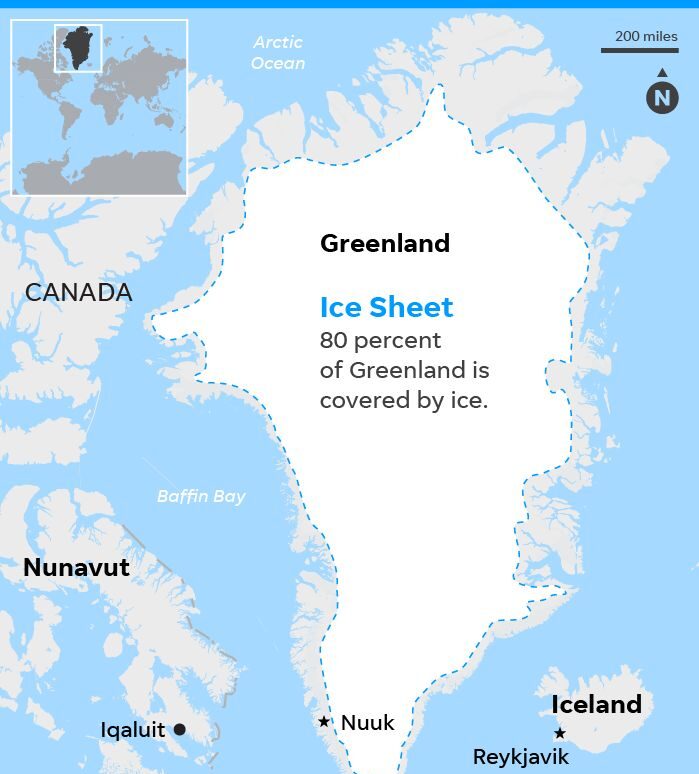
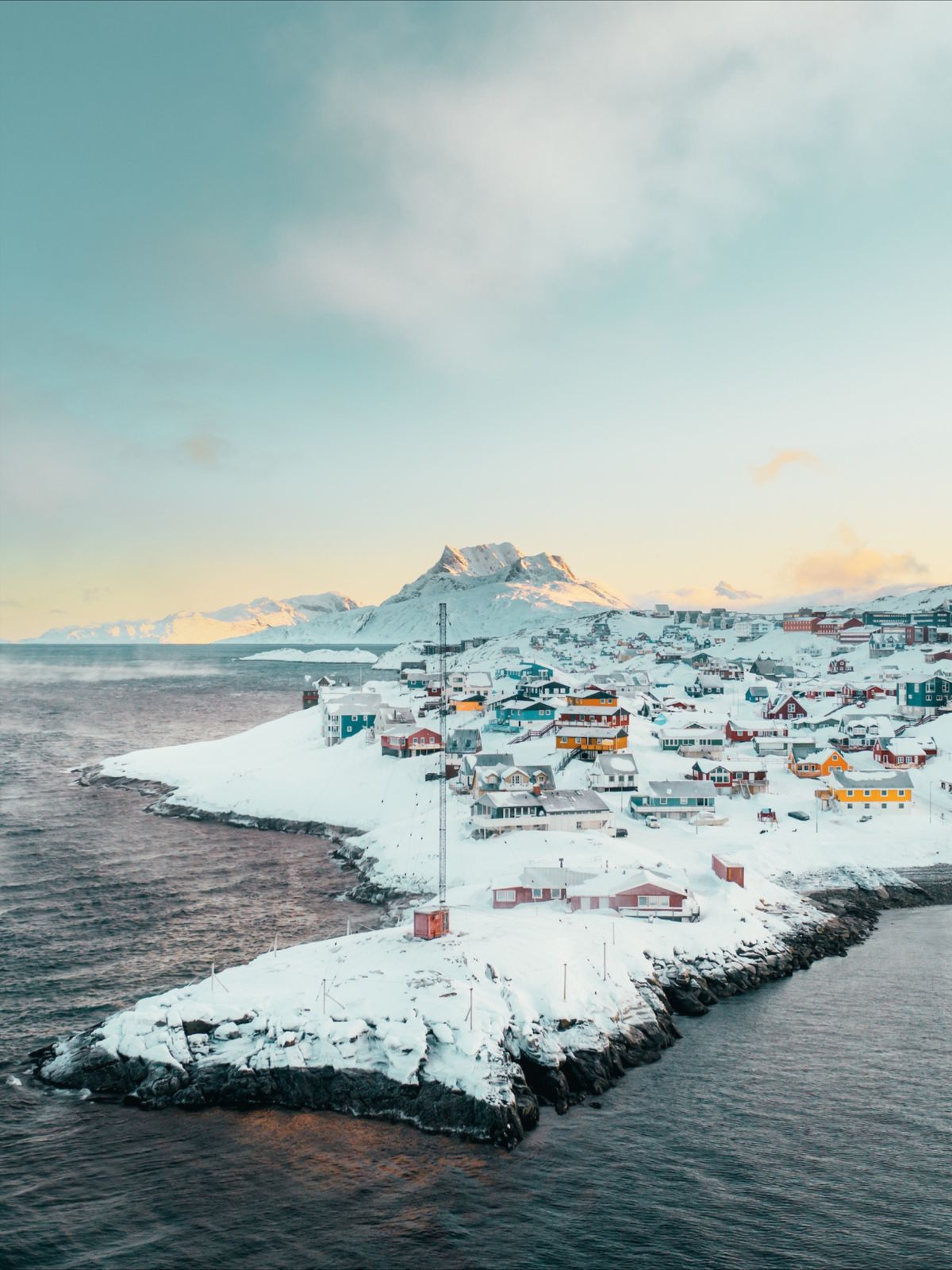
Greenland is the world’s largest island, covering over 836,000 square miles, though it is often mistaken for a continent due to its massive size. Located between the Arctic and Atlantic Oceans, Greenland is an autonomous territory within the Kingdom of Denmark. About 80% of Greenland is covered by the Greenland Ice Sheet, which is the second largest ice body in the world, after Antarctica. This ice sheet contains about 10% of the world’s freshwater reserves. Despite its frozen expanse, Greenland has a small population concentrated along its ice-free coastlines, with indigenous Inuit people making up a significant portion of the inhabitants. The island is a crucial area for studying climate change, as the melting of its ice sheet contributes to rising global sea levels. In recent years, the opening of new shipping routes due to melting ice has also made Greenland a focal point in geopolitical discussions.
8. Lake Baikal
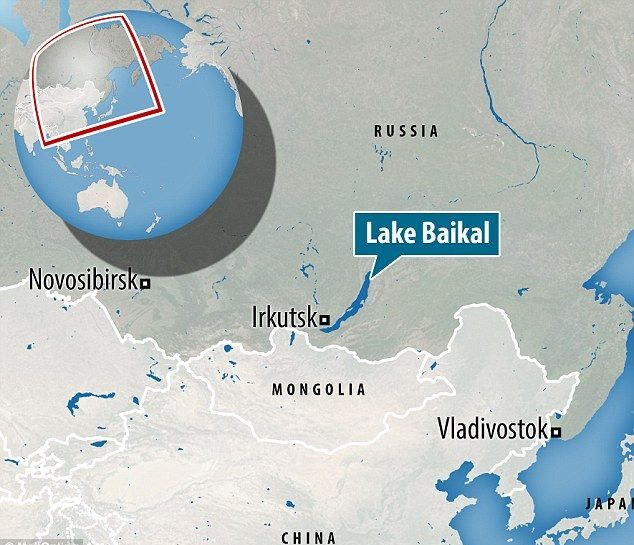
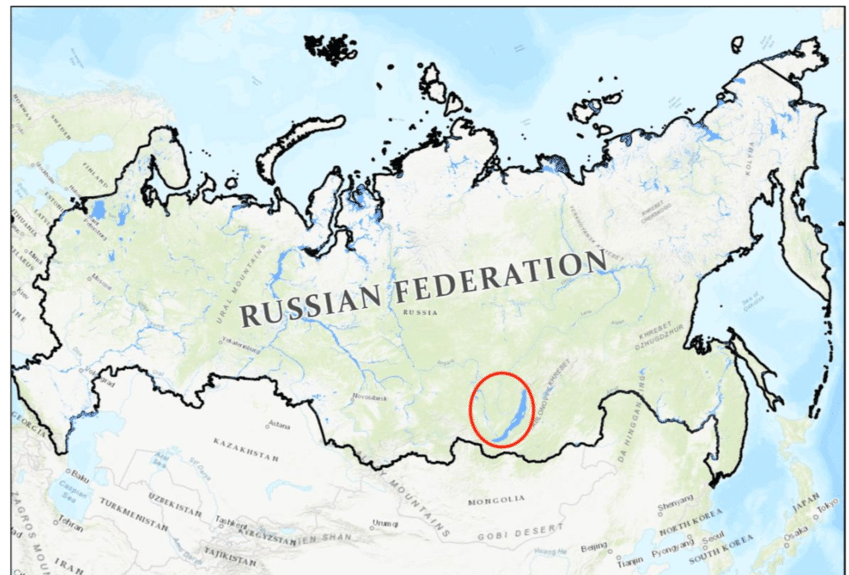
Lake Baikal, located in Siberia, Russia, is the world’s deepest and largest freshwater lake by volume, holding around 20% of the planet’s unfrozen freshwater. It is over 5,300 feet deep and contains more water than all the North American Great Lakes combined. Baikal is also one of the world’s oldest lakes, estimated to be around 25 million years old, and is home to an extraordinary range of biodiversity. Nearly two-thirds of its 2,500 plant and animal species are found nowhere else, including the Baikal seal, the only freshwater seal species. The lake’s crystal-clear waters offer visibility up to 40 meters deep, making it a unique ecological treasure. However, Lake Baikal faces environmental threats from pollution, industrial activities, and climate change, which have led to a decline in its unique biodiversity. Conservation efforts are critical to preserving the lake’s pristine waters and diverse ecosystem.
9. Mariana Trench
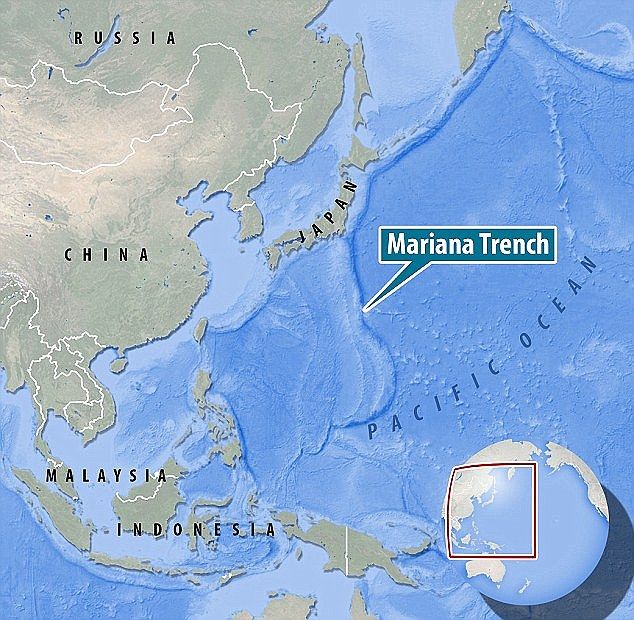
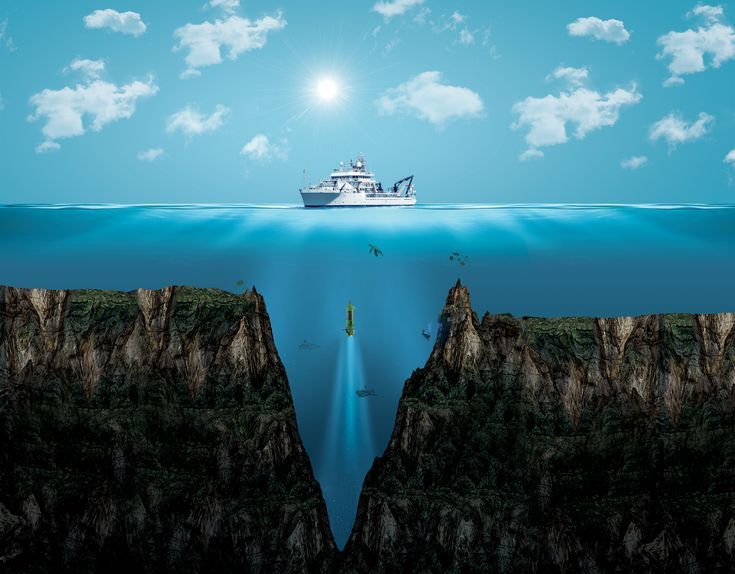
The Mariana Trench, located in the western Pacific Ocean, is the deepest part of the Earth’s oceans. It reaches a depth of about 36,000 feet (nearly 7 miles) at its lowest point, known as Challenger Deep. The trench was formed by the subduction of the Pacific Plate beneath the smaller Mariana Plate, creating a deep oceanic trench.
The extreme environment of the trench, with crushing pressures and near-freezing temperatures, makes it one of the most inhospitable places on Earth. Despite these conditions, life thrives in the trench, with unique species of microorganisms, shrimp, and fish adapted to the extreme depths. The trench is of great interest to scientists studying deep-sea ecosystems and plate tectonics. In recent years, there have been a few manned and unmanned expeditions to explore this mysterious and largely inaccessible part of the ocean, shedding light on its unique biology and geology.
10. Himalayas

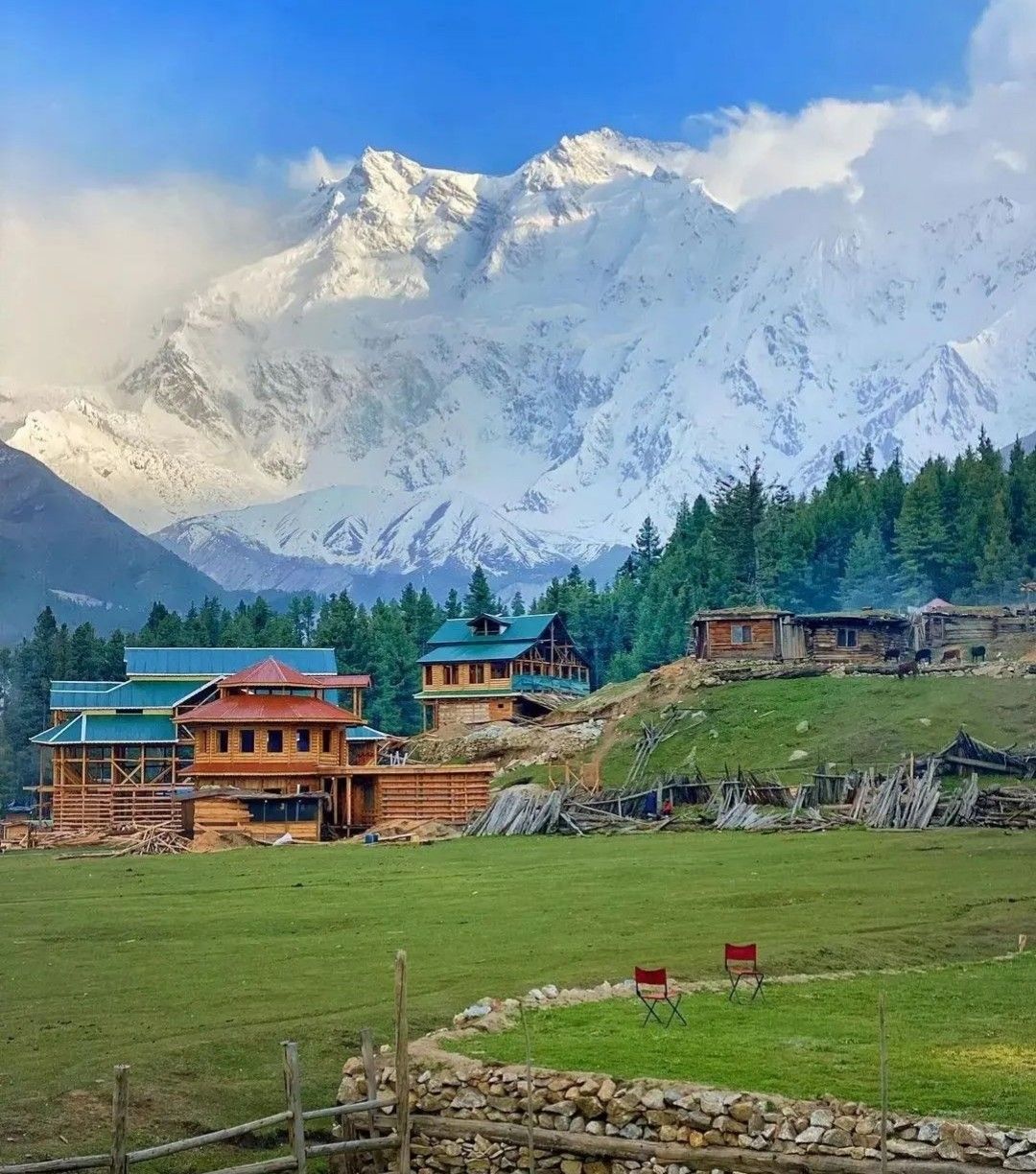 The Himalayas are the world’s highest mountain range, stretching across five countries: India, Nepal, Bhutan, China, and Pakistan. They are home to the Earth’s highest peaks, including Mount Everest, which stands at 29,032 feet. Formed by the collision of the Indian and Eurasian tectonic plates, the Himalayas are geologically young and continue to rise each year.
The Himalayas are the world’s highest mountain range, stretching across five countries: India, Nepal, Bhutan, China, and Pakistan. They are home to the Earth’s highest peaks, including Mount Everest, which stands at 29,032 feet. Formed by the collision of the Indian and Eurasian tectonic plates, the Himalayas are geologically young and continue to rise each year.
The range acts as a natural barrier between the Indian subcontinent and the Tibetan Plateau and has a profound influence on the climate of the region, particularly the Indian monsoon. The Himalayas are also the source of many of Asia’s major rivers, including the Ganges, Brahmaputra, and Yangtze, providing water to millions of people. The range is rich in biodiversity, from snow leopards and red pandas in its forests to yaks in its higher altitudes. For centuries, the Himalayas have also been a place of spiritual significance, attracting pilgrims, adventurers, and mountaineers.


